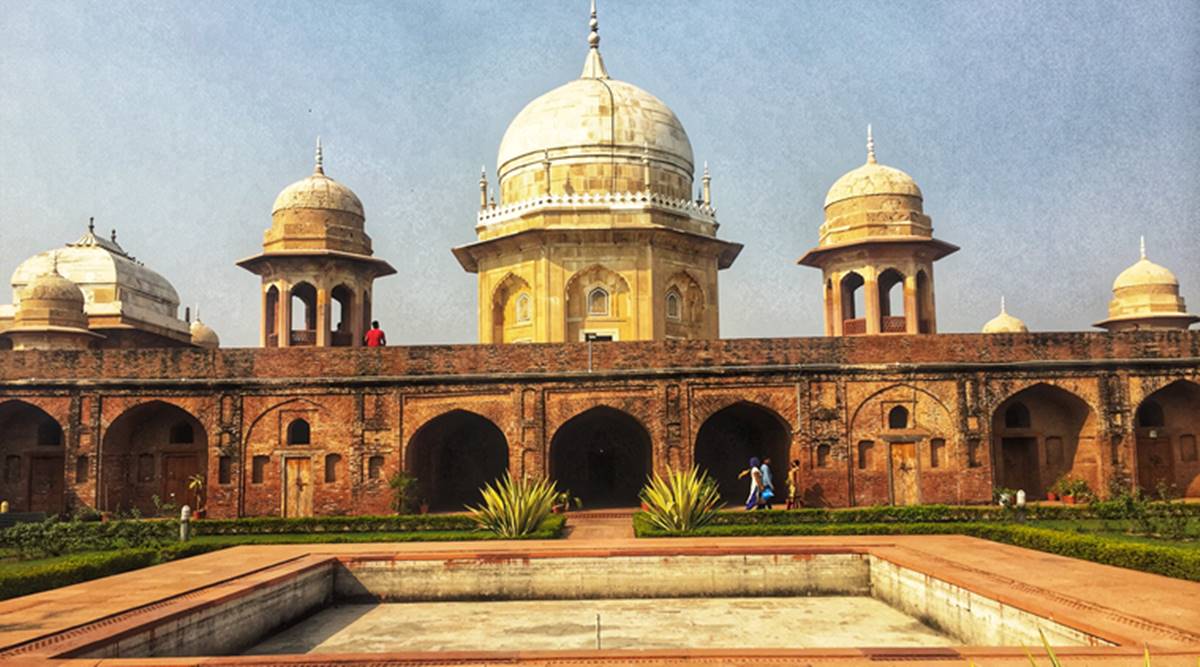Outlook Traveller
November 28, 2021 at 12:00:00 AM

Please choose and click one of the following icons to discuss about this news in our Community.
Can a Mughal Era Spiritual Leader Have Inspired the Comic Character Sheikh Chilli?
If you are one of those who have read Sheikh Chilli comic books as a child and believed him to be a fictional character, you might be in for a surprise. There is a monument in Thanesar (a historic town in Haryana) popularly referred to as Sheikh Chehli’s Tomb. But before you jump to conclusion if it is really that of the simpleton featured in the comics, let me tell you, historians and archaeologists are still searching for the answer.
According to the Archaeological Survey of India (ASI) website, the tomb and the attached ‘madrasa’ (school) are associated with the Sufi Saint Abd-ur-Rahim, alias Abd-UI-Karim, alias Abd-ur-Razak, popularly known by the name of Sheikh Chehli. The architectural plan shows considerable Persian influence. Most people believe Sheikh Chehli, a Sufi saint, to be the spiritual guide of the Mughal Prince, Dara Sikoh (also Dara Shukoh, 1650 AD), the eldest son of Emperor Shah Jahan.
On the other hand, the stories paint Sheikh Chilli as a simpleton, a fakir, who believes he is an intelligent person but is easily tricked or becomes the laughing stock owing to his antics. Therefore argues historian and author Rana Safvi – in an article (published in The Hindu) – that Dara Shukoh was a gifted scholar, ‘so no master of his could have been foolish’. According to her, “The word ‘chehli’ [as mentioned by ASI] means 40 in Persian. Sheikh Chilli could have been a saint who had done a chilla, or a 40-day solitary, spiritual retreat, and ‘chilli’ could be a corruption of that.”
Debates apart, protected by the ASI, the tomb is a Monument of National Importance. So if you are in Delhi, do not miss a chance to see this beautiful structure, a little over 160km away by road. Located in the Bari Mohalla of Thanesar, it is believed to have been built in the 17th century. The first thing that strikes visitors is the vastness of the monument and its cupolas and pavilions. The tomb overlooking the madrasa is located on the roof. The cenotaph of the saint occupies the centre of the chamber, while his grave is located in the lower chamber, which joins the madrasa with nine arched openings on each side of a central courtyard; there is a stone masonry tank in the centre. Two of the galleries have been converted to a museum by the ASI where antiquities recovered from the excavations at Harsh ka Tilla and Bhagwanpura (both failing in the district of Kurukshetra, Haryana) are displayed.
Ticketed monument. The mausoleum and the madrasa, along with other historical monuments, are located inside a landscaped garden called Harshvardhan Park.









